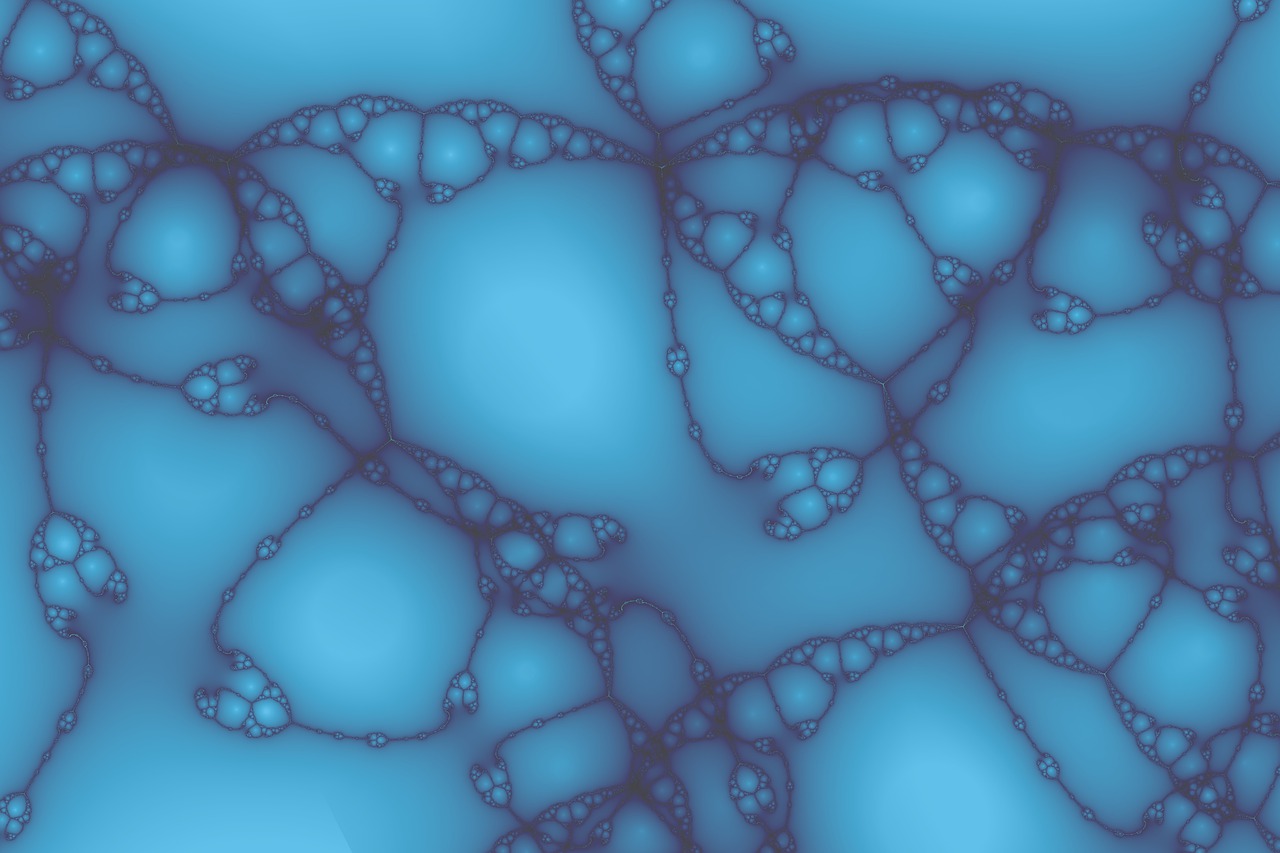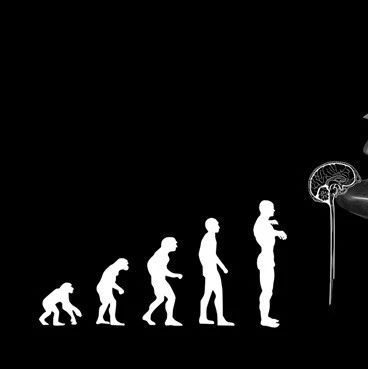光合作用为气候模型注入新的生命: 研究人员将观察到的情况与模型进行结合而估算出了每年所发生的光合作用的总和,这一发现应该会使人们更好地理解气候变化是如何对地球的碳循环发生影响的。 植物每年因为光合作用而从大气中移除的二氧化碳量被称为Gross Primary Production(或 GPP);Christian Beer及其同僚说,地球上的植物每年从大气层中所消耗的该温室气体大约为1220亿吨。 (为比较计,专家估计,每年因为焚烧化石燃料而向大气中排放的碳总量大约为70亿吨。) 这些研究人员强调了在热带森林中GPP最为显著的这一事实,因为那里的GPP占了从大气中摄取的二氧化碳总量的整整34%。 大草原占了全球GPP的26%,尽管它们所占的面积是热带森林面积的约2倍。 Beer及其同僚发现,降雨量在决定GPP上扮演着一个重大的角色;研究人员说,降雨量在超过40%的有植被的土地上对植物用于光合作用的碳量有着很大的影响。 然而,这些研究人员还指出,许多传统上的气候模型相互之间存在差异,它们高估了降雨量对GPP的影响,因为它们缺少全球光合作用速率的资讯。 这一新的数据应该能够帮助人们在将来改良这些气候和碳循环的模型。
###
Article #19: "Terrestrial Gross Carbon Dioxide Uptake: Global Distribution and Co-variation with Climate," by C. Beer at Max Planck Institute for Biogeochemistry in Jena, Germany. Please see the article for the full list of authors.
Published Online July 5, 2010
Science DOI: 10.1126/science.1184984
Terrestrial Gross Carbon Dioxide Uptake: Global Distribution and Covariation with Climate
Christian Beer,1,* Markus Reichstein,1 Enrico Tomelleri,1 Philippe Ciais,2 Martin Jung,1 Nuno Carvalhais,1,3 Christian Rödenbeck,4 M. Altaf Arain,5 Dennis Baldocchi,6 Gordon B. Bonan,7 Alberte Bondeau,8 Alessandro Cescatti,9 Gitta Lasslop,1 Anders Lindroth,10 Mark Lomas,11 Sebastiaan Luyssaert,12 Hank Margolis,13 Keith W. Oleson,7 Olivier Roupsard,14,15 Elmar Veenendaal,16 Nicolas Viovy,2 Christopher Williams,17 F. Ian Woodward,11 Dario Papale18
Terrestrial gross primary production (GPP) is the largest global CO2 flux driving several ecosystem functions. We provide an observation-based estimate of this flux at 123 ± 8 Pg C a–1 using eddy covariance flux data and various diagnostic models. Tropical forests and savannahs account for 60%. GPP over 40% of the vegetated land is associated with precipitation. State-of-the-art process-oriented biosphere models used for climate predictions exhibit a large between-model variation of GPP’s latitudinal patterns and show higher spatial correlations between GPP and precipitation, suggesting the existence of missing processes or feedback mechanisms which attenuate the vegetation response to climate. Our estimates of spatially distributed GPP and its covariation with climate can help improve coupled climate–carbon cycle process models.







